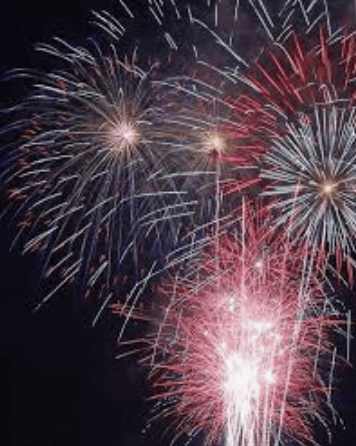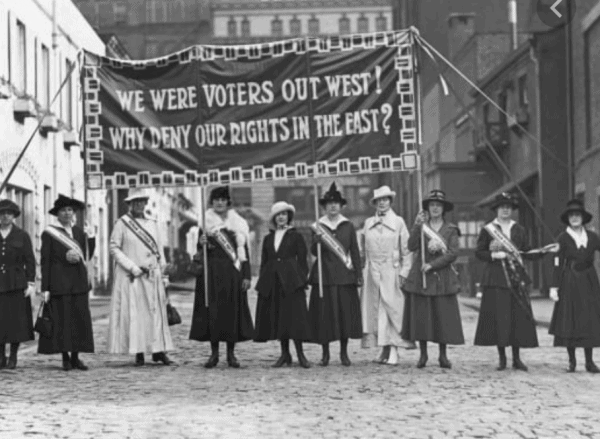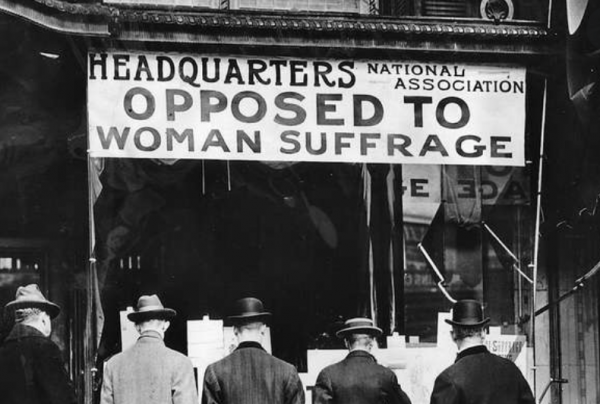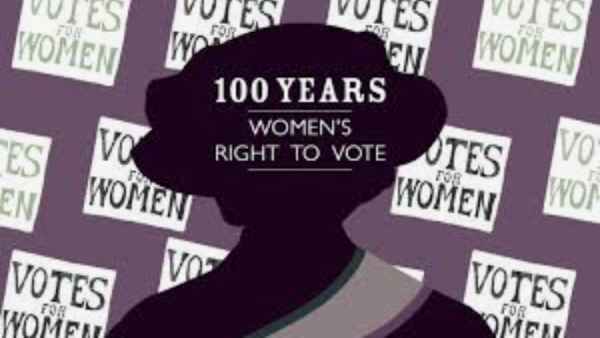
Celebrate!!!
This is the centennial of Women’s Independence Day in the United States. This is the 100-year anniversary of the recognition that women have the right to vote. This is the day the Nineteenth Amendment was ratified.
There were women who had the right to vote in the United States before 1920. After Wyoming’s women won the right to vote in 1869, other states agreed to give women the vote. The first ten were all in the West:

Wyoming (1869)
Utah (1896)
Colorado (1893)
Idaho (1896)
Washington (1910)
California (1911)
Oregon( 1912)
Arizona (1912)
Nevada (1914)
By the time the Nineteenth Amendment was approved by Congress, women had full voting rights in 15 states, including New York, Michigan, and Kentucky. In 12 other states women could vote for president. Some states had a rocky road to the enfranchisement of women.
Utah
Utah was still a territory in 1870 when women were afforded the right to vote. This was a year later than Wyoming had granted women the right to vote in 1870 but, because of the timing of elections, women actually voted in Utah before women in Wyoming. There was some hesitancy on the part of the federal government to allow women in Utah to vote, but the general wisdom was that women would be opposed to polygamy and this would be beneficial. When that did not prove to be the case, Congress passed an amendment that generally forbade polygamy and, in the process, disenfranchised the women of Utah. When Utah became a state in 1896, suffrage was restored.
Washington

The state of Washington almost became the first territory in the country to enact full suffrage for women in 1854, but the measure lost by one vote in the legislature. In 1881 women received property rights; they could own property, sign contracts, sue, and control their own children, but they were expressly prohibited from voting. In 1883 the Territorial Legislature passed a suffrage measure that used the word “his,” and women argued that “his meant both “his” and “hers.” A few years later, the legislature clarified its position. “All American citizens, male and female” could vote. The Court overruled this clarification on a technicality of the wording and votes for women were negated. In 1888 the legislature again gave women the right to vote, but not to serve as jurors. This time the court said the legislature had used the word “Citizen” which meant only males. Attempts to pass enfranchisement for women continued with ups and downs until, after a vigorous campaign in Washington, voting for women was approved in 1910, ten years before the Nineteenth Amendment was ratified.
Montana
In the 1880’s women in Montana could vote, making five U.S. territories that had enfranchised women before becoming states: Wyoming, Utah, Washington, Montana, and Alaska. The women in Montana, however, lost the vote and it was not restored until 1914. Three years later, before the Nineteenth Amendment was passed, Jeannette Rankin was elected to represent Montana in the House of Representatives. She was the First Woman to serve in the United States Congress. It was Rankin who opened debate on women’s suffrage when it was considered by Congress in 1919, after having been submitted every year for 41 years. It was June 4, 1919.
March to Success
Four days later Illinois, Michigan and Wisconsin ratified the amendment. Then on August 18, 1920 the last of 36 states ratified the amendment, making it official. Several states came on board shortly afterwards, more ratified the amendment during the World War II years, and others approved the amendment during the days of women’s liberation. In 1984 Mississippi became the last state to ratify the Nineteenth Amendment.

The road to this achievement was paved by women who were scorned, ridiculed, jailed, and brutalized. . .but they persisted!! Because we are socially distancing right now, there will be no grand parades, but every woman in this country should find a way to celebrate this momentous day.


It was a lo – o – ong struggle, which I took for granted for too long. Thanks for the great info.